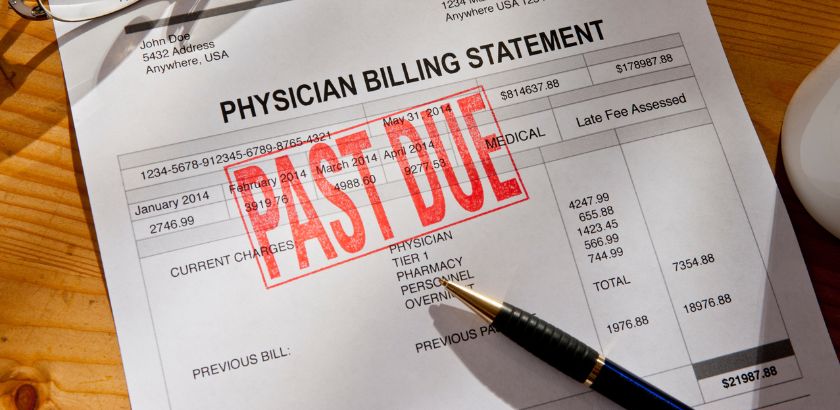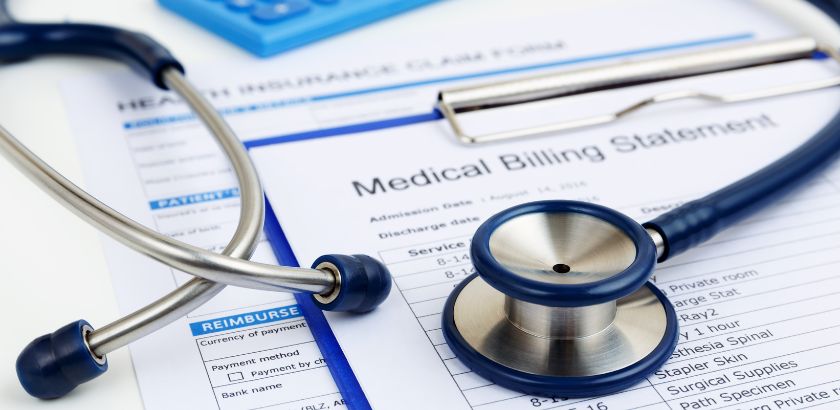
Wakefield Receives HFMA Peer Review Designation
Navigating the complex landscape of legal concepts for complex claims can be daunting. This comprehensive blog, based on a recent webinar hosted by Becker’s Health Care, aims to shed light on critical aspects of this subject.







